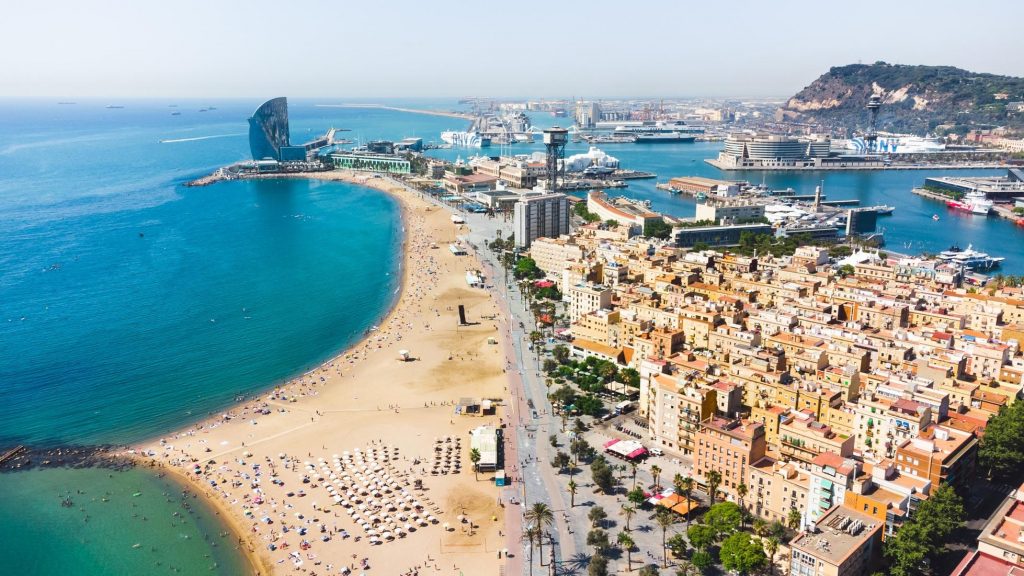There’s always a good reason as to why a city or destination becomes a tourist hotspot. Be it the incredible architecture in Paris, the food culture in Rome, the beaches and nightlife in Barcelona, popular holiday spots tend to be deserving of their status as fan-favorites for travel.
While tourism, as a rule, tends to be great for the economy of a given destination, overtourism can have serious impacts on locals on the ground, impacting everything from the cost of living to traffic congestion and an overall feeling of lack of privacy or personal space.
New research from Heepsy has outlined the European cities that are currently dealing with the largest amount of overtourism, particularly by travelers who (whether they admit it or not) curate an itinerary based on Instagram and social media hot spots.
The study looked at things like the number of tourists per kilometer and the number of Instagram hashtags in order to find the cities that will likely see record-breaking tourist numbers as we go into the summer months:
Geneva
Geneva earned the number one spot on the list with a composite score of 100. The city sees a tourist-to-area ratio of over 500,000 visitors per square kilometer, which is significantly higher than other cities on the list. It sees more than 8 million visitors annually, which is significant given that its compact urban area is just 15.9 square kilometers.
Paris
It comes as no surprise that Paris ranks high on the list; the city is essentially the starter pack for travelers visiting Europe for the first time. Paris receives more than 50 million tourists annually which is more than any other city on the list. The urban area is much larger than Geneva, at 105 square kilometers, but still has a tourist-to-area ratio of 476,000 visitors per square kilometer.
Rome
The capital city of Italy earned third place with a composite score of 97.8. It has the largest urban area out of all cities on the list, but thanks to its 35 million annual visitors, it is still a significantly overcrowded city in terms of tourists. It also sees more than 31 million Instagram hashtags, which is more than six times what Geneva sees.
Tirana
Albania has seen a recent surge in tourism and is officially ranked fourth on the list with a score of 96.6. The urban area is just 41.8 square kilometers but with nearly 12 million tourists annually, the city can still easily feel overrun by tourists.
Lucerne
Lucerne is the second Swiss city on the list, ranking in fifth place with a composite score of 95.5. It sees more than 9.4 million visitors annually which results to about a quarter of a million visitors per square kilometer.
Zurich
The third Swiss city on the list, Zurich has a composite score of 94.4. It has a larger urban area at 91.9 square kilometers which means the tourist-to-area ratio is on the lower end, at 226,000 visitors per square kilometer. The city sees more than 20 million visitors per year.
Barcelona
Barcelona has made headlines for the local response to overtourism—and it’s easy to see why residents are getting frustrated with the number of tourists visiting the city. It sees more than 26 million visitors per year, with a tourist-to-area ratio of more than a quarter of a million visitors. It’s not uncommon to come across protests against tourism as a way to try and contain the lifestyle inflation and lack of housing that tourism has cost the city.
Lyon
The second French city to make the list, Lyon earned a composite score of 92.1. The city has an urban area of 47.9 square kilometers, which results in a tourist-to-area ratio of 125,000 visitors per square kilometer.
Stockholm
The capital of Sweden ranked ninth with a composite score of 91. It sees a very high 15.2 million Instagram hashtags and 15.3 million visitors per year. It has a large urban area at 188 square kilometers, which results in a lower tourist-to-area ration of 81,000 visitors per square kilometer.
Naples
Naples is the tenth city on the list with a composite score of 89.9, largely thanks to its 10.5 million Instagram hashtags and more than 119,000 visitors per square kilometer.

